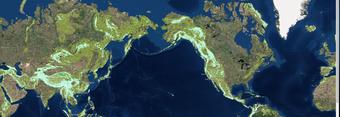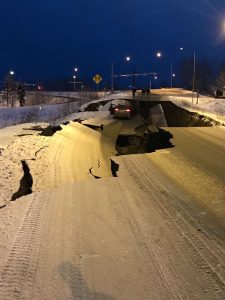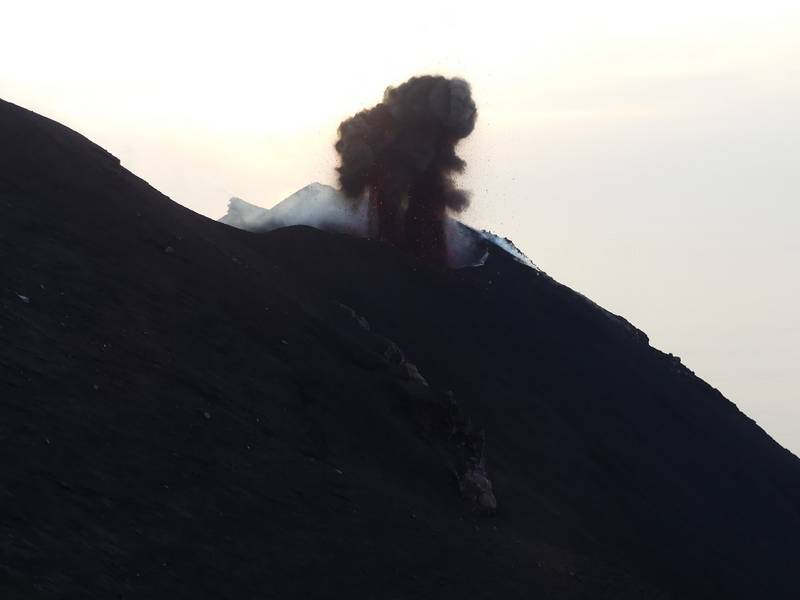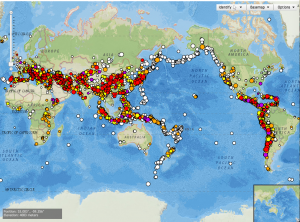UC Berkeley’s Seismology Lab website both collects and provides information on earthquakes and solid earth processes. One of my favorite features on this website is an interactive earthquake map that shows real time data for seismic activity around the world. The interactive map component allows users to see the location, date, time, and magnitude of earthquakes that have occurred up to a week prior. Users can select specific points, change the range of data, and observe patterns of seismic activity on a global, national, regional, and even local scales. The website also connects users to resources for reporting information about earthquakes they’ve experienced so the information can be used to create maps of felt experiences and damages caused by seismic activity. Furthermore, the website provides resources on commonly asked questions and concerns about earthquakes and connects users to resources for earthquake preparedness and safety.
This website is a great tool for education both in an academic setting and for the general public. In an academic setting, this could be used to educate students on patterns of seismic activity and how they are connected to tectonic movement, faults, and other geologic processes. It can also be used to educate residents on the risks of earthquakes near them and what to do in the event of an earthquake to remain safe. I also think this website and the information it provides could be a useful resource for city planners and architects to study and implement earthquake resistant infrastructure in locations prone to high seismic activity.











